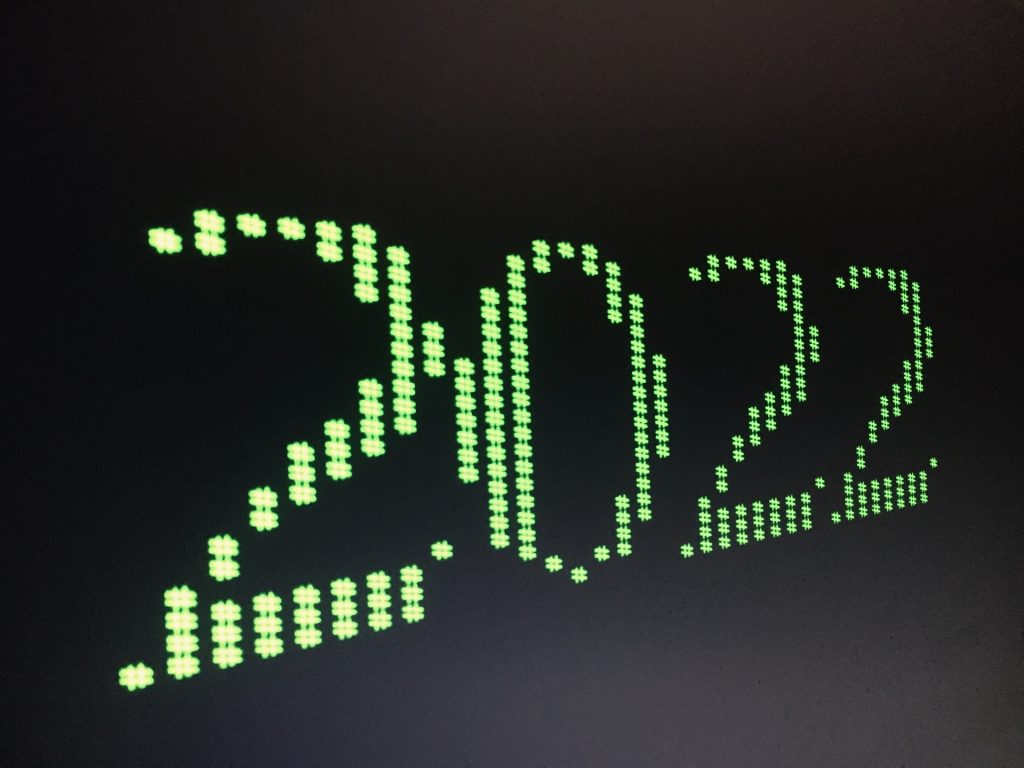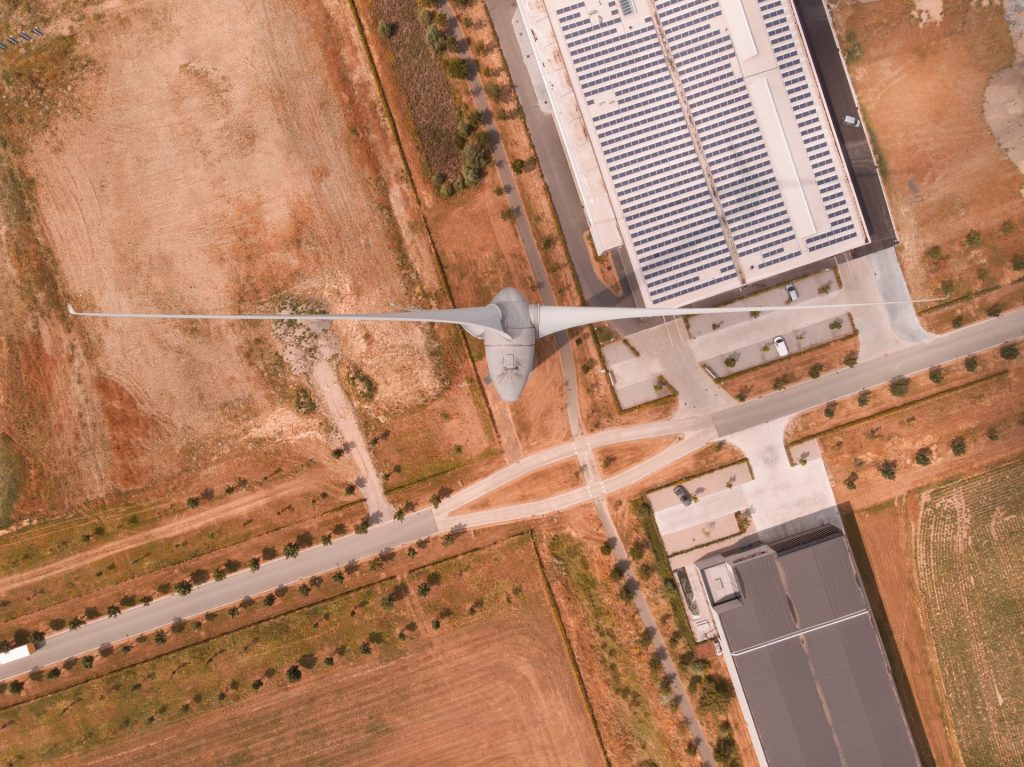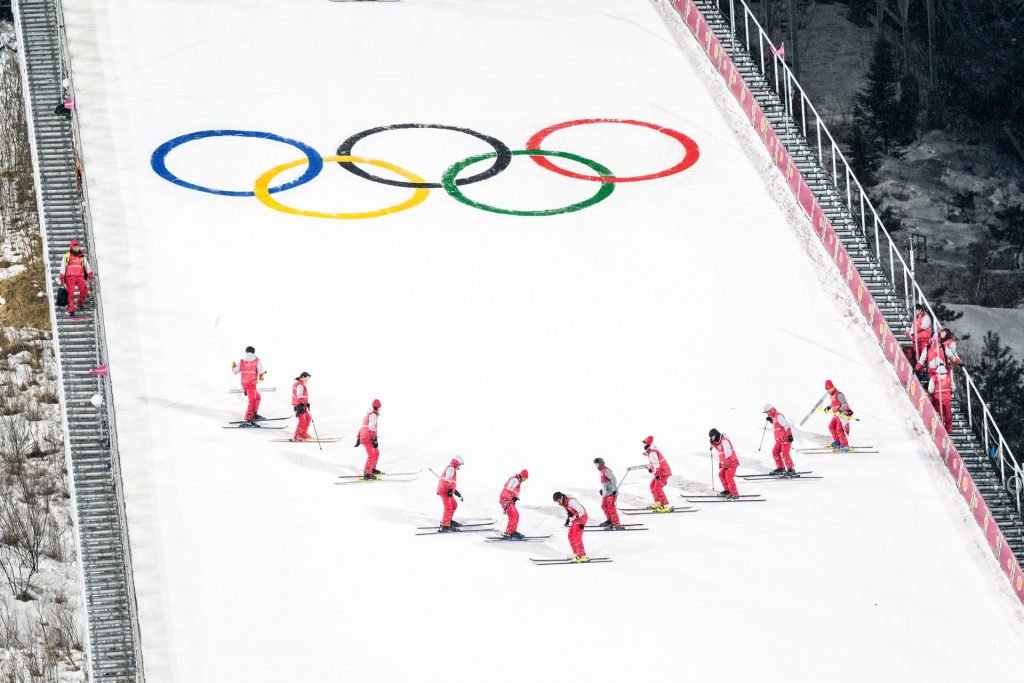
If 2021 was the year hydrogen’s story began in earnest, what should we expect from the next chapter in 2022?
We are looking forward to another stellar year for all aspects of the industry, including technology development, investment, new production and adoption.
Maybe the most hotly anticipated developments within the industry in the UK is the government’s finalized low-carbon hydrogen business model and design standard, and the launch of its £240 million ($318 million) Net-Zero Hydrogen Fund, both of which have been in the consultation phase since October. Indicative heads of terms and the consultation response are expected in the coming months, with the first contracts to be awarded in early 2023.
The UK government is aiming for 5 GW of low-carbon hydrogen production by 2030. To make that happen it is proposing a ‘variable premium’ price support mechanism, similar to the contracts for difference used to support renewable energy production. The contentious aspect will be setting the reference price when there is no benchmark market price for low carbon hydrogen.
The current plans for the Net Zero Hydrogen Fund are that it should be deployed alongside private investment between 2022 and 2025 for both blue and green hydrogen projects, so we should start to see the benefits flowing soon.
While such regulatory concerns may seem a little dry from the outside, they are crucial to the development of the industry in the coming years.

The current plans for the Net Zero Hydrogen Fund are that it should be deployed alongside private investment between 2022 and 2025 for both blue and green hydrogen projects.
European hydrogen projects are facing a funding gap due to slow deployment of private capital and limited government support, leading to a dearth of final investment decisions for new hydrogen projects, ABN Amro Executive Director, Project Finance, Lisa McDermott said at Platts Hydrogen Markets Europe Conference in November.
There was a flurry of low-carbon hydrogen project announcements last year, including major green and blue hydrogen production facilities, but don’t expect that to translate into a flood of clean hydrogen hitting the market immediately – permitting, financing and construction mean they are usually years in the making.
S&P Global Platts Analytics predicts 65,000 mt/year of low-carbon hydrogen production capacity will come online in Europe in 2022 for a total of just over 100,000 mt/year, before a surge of new additions in 2023 and 2024 bring the total to 1 million mt/year.
The first major blue hydrogen project to come online in the UK is Hynet North West 1, led by Italian energy major Eni and the UK’s Progressive Energy, which is expected to come online with annual capacity of 90,000 mt/y. Equinor’s H2H Saltend is slated to begin producing 150,000 mt/y in 2026, before four projects totalling about 1.2 million mt/y come online in 2027. Blue hydrogen is produced from natural gas but the carbon is captured and reused or stored.
Green hydrogen projects, which use renewable electricity to split water into hydrogen and oxygen, tend to be smaller in scale than blue for now.
The largest project in Europe in 2021 was a 10 MW electrolyser opened by Shell in Germany in July that aims to produce 1,300 tonnes of hydrogen per year. However, several 20 MW plants and a 30 MW facility are under construction and scheduled to come online in 2022. Europe’s first 100 MW electrolysers will begin production in 2023.

Green hydrogen projects, which use renewable electricity to split water into hydrogen and oxygen, tend to be smaller in scale than blue for now.
The UK is expecting to see its first 20 MW electrolyser project at Whitelee near Glasgow start producing green hydrogen by 2023. The UK’s biggest green hydrogen project announced last year was BP’s 60 MW HyGreen Teesside, but a final investment decision is not expected until 2023 with production forthcoming in 2025.
Globally, there will be just over 2 million mt/y of low-carbon hydrogen capacity by the end of 2022, rising above 6 million mt/y by 2025 and about 24 million mt/y by 2030, S&P Global Platts predicts. The majority of that will be green hydrogen, with 4.4 million mt/year of hydrogen electrolyser capacity set to come online by 2025, rising to 16.7 million mt/y in 2030.
2022 won’t only be about supply.
February is going to see more than 650 hydrogen buses deployed at the Beijing Winter Olympics, giving a global platform to the clean fuel as athletes and visitors are transported around venues.

650 hydrogen buses are being deployed at the Beijing Winter Olympics in February 2022.
More locally, Wrightbus will be delivering more hydrogen fuel-cell buses in 2022, including 20 acquired by operator Go Ahead, which will be using them on routes in Crawley, Redhill and Gatwick from June. Wrightbus will begin production of its new single-decker hydrogen bus, the GB Kite Hyrdroliner, in the first quarter of 2022 as it seeks to double production this year.
There are exciting developments ahead in the hydrogen passenger-vehicle market this year too. The end of 2021 saw Toyota’s latest fuel-cell powered Mirai arrive in showrooms, and the end of this year could see the debut of two more hydrogen-powered models, a fuel-cell Prius and a hydrogen combustion engine Corolla. The Corolla is of particular interest because it will be the first production car to burn hydrogen as a fuel, unlike fuel-cell vehicles that generate electricity by mixing hydrogen with oxygen.
Meanwhile, BMW is planning a small production run of a limited-edition hydrogen fuel-cell SUV in 2022, its CEO announced in November last year. And it is not alone.
Jaguar Land Rover, owned by India’s Tata Motors, will have prototypes using hydrogen fuel cells on Britain’s roads before the end of 2022, it said last year, as part of a long-range investment plan.
Also in the SUV space, the Ineos Grenadier hydrogen FCEV is expected to begin on- and off-road testing by the end of 2022. It is expected to be using Hyundai’s second-generation fuel-cell stack, currently available in the Hyundai Nexo. The next version of the Nexo, meanwhile, is not going on sale until 2023, the same year as Honda’s third generation Clarity.
2022 will also see JCB, the UK’s largest manufacturer of construction equipment, begin delivery of its first hydrogen-powered loaders and handlers this year after producing prototypes of the vehicles in 2021. Like Toyota’s forthcoming Corolla, JCB will be burning hydrogen in a combustion engine to generate the power needed to operate its machines.
Another crucial development taking place early in 2022 is the maiden voyage of the world’s first ship to transport liquefied hydrogen, which set off from Japan on Dec. 26 and is expected to complete the 18,000 km round trip to Australia in February.
However, one of the exciting things about being involved in a cutting-edge market like hydrogen is that it simply isn’t possible to predict everything that’s coming down the track, even 12 months ahead.
The only thing we can say for sure is that it’s going to be fast, furious, and full of surprises.
Source: HYCAP
Read the most up to date Fuel Cell and Hydrogen Industry news at FuelCellsWorks




